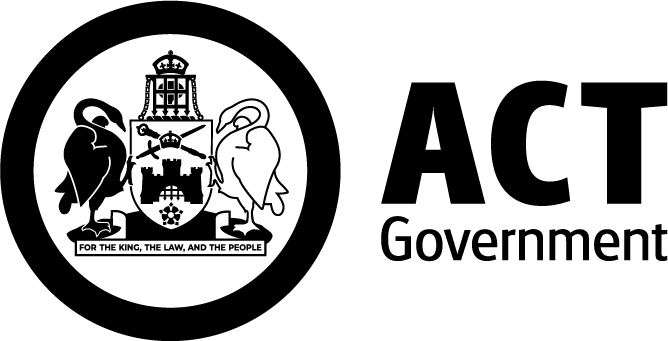Trout Cod (Maccullochella macquariensis)

Description
- The Trout Cod is related to freshwater bass and cod, including Macquarie Perch and Murray Cod.
- They have a speckled blue-grey body with a dark stripe through their eye.
- Most are less than 5 kg and usually don't live longer than 12 years.
- Some have been recorded as long as 85 cm long, as heavy as 16 kg.
- They can live for up to 25 years.
- They lay eggs in springtime on hard surfaces in the water such as logs or rocks.
- The Trout Cod is a carnivore. It lies in wait for its food which includes yabbies, crayfish, shrimp, fish, and aquatic insects.
Find out more about the Trout Cod on Canberra NatureMapr.
Where to find them
- They can be found in the Murray River between Yarrawonga and Barmah. The last natural population of Trout Cod disappeared from the ACT in the late 1970s.
- Although they were originally found in the southern Murray–Darling River system, only one ‘natural’ population of Trout Cod is left in the wild.
- In the 1920s, some populations of Trout Cod were re-established by moving them to new locations.
- A national recovery program that began in the late 1980s led to over 140,000 young Trout Cod released into the ACT rivers between 1996 and 2007.
Conservation threats
Changes or destruction of their habitat is one of the biggest reasons for the decline of this fish population. Their habitats have been impacted by:
- sedimentation of streams
- reduced water quality
- cold water pollution downstream of dams
- loss of river edge (riparian) vegetation along rivers.
Conservation status
- National – Endangered (Environment Protection and Biodiversity Conservation Act 1999).
- Australian Capital Territory – Endangered (Nature Conservation Act 2014).
Conservation actions
Conservation actions aim to:
- ban fishing for Trout Cod
- plant trees along the Murrumbidgee River as part of the Million Trees Program
- improve fish habitats along the Upper Murrumbidgee Demonstration Reach
- build rock groynes and log jams in the Murrumbidgee River near Tharwa to repair fish habitats and improve the passage through this this sand/sediment affected area
- monitor the fish regularly to understand how to look after them.
